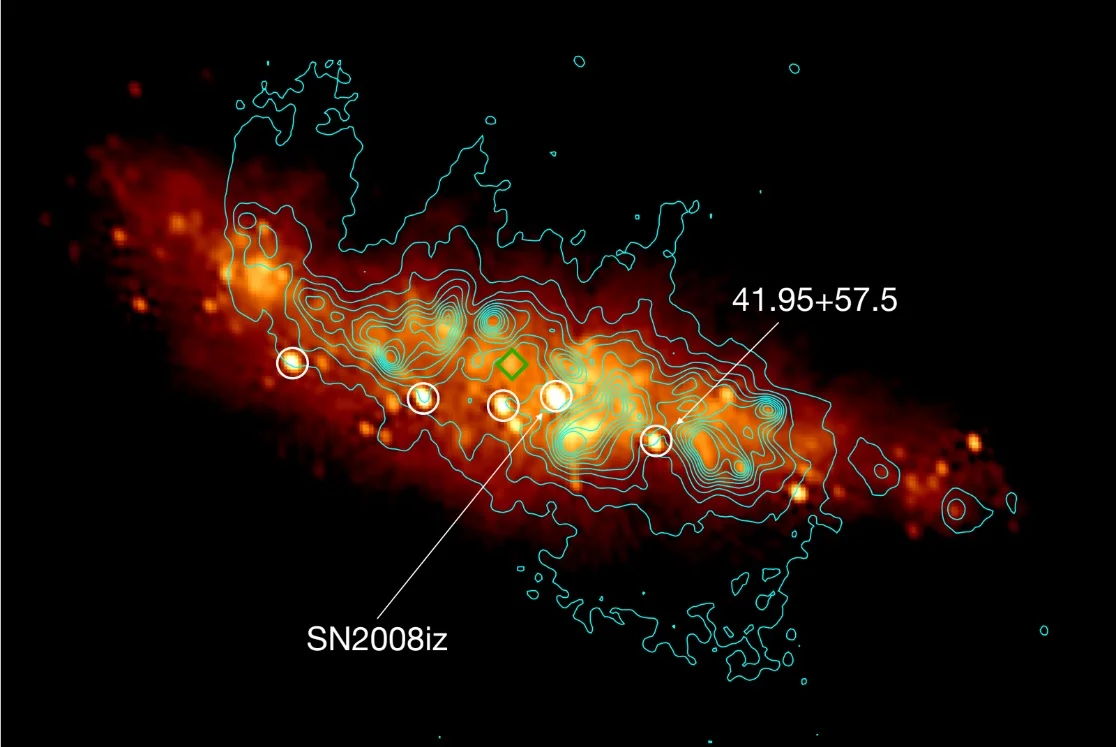Research projects
Studying outflows of high-energy sources: observations of extragalactic sources

Understanding formation and evolution mechanisms of outflows driven by starbursts and black holes

The project will study outflows observed in three different objects: starburst galaxies, high-redshift quasars and black hole systems in state transition.
The universe presents a variety of objects and phenomena with outflows of different types. The IEEC group at the University of Barcelona carries out the observational part in the coordinated project on cosmic objects with outflows, in which the University of Jaén and the University of València also participate. The project is interested in outflows driven by intense star formation (starbursts) and black holes, either supermassive ones in active galactic nuclei (AGN) or stellar-mass counterparts in X-ray binary systems. The project is composed of three main targets, as described as follows:
- Starburst galaxies: intense star formation produces a large number of supernovae that drive galactic winds. The group aims at the initial high-temperature gas produced in this process, observed in X-ray. IEEC researchers have already studied how and where the process occurs, as well as its impact on the interstellar medium. Now, they will expand their study to other nearby starburst galaxies for better understanding of the formation mechanism and feedback of starburst-driven outflows.
- High-redshift quasars: One of the big questions of astronomy has to do with the formation scenarios of supermassive black holes in the early Universe. In this context, measurements of black hole masses are the most essential for understanding their formation mechanisms. IEEC researchers will use existing and future infrared spectroscopy with ground-based telescopes and, notably, JWST, to test the proposed formation scenarios of supermassive black holes in the early Universe.
- Black hole systems in state transition: X-ray emission produced in the close vicinity of a black hole carries information on the accretion flow around it. New analysis techniques combining the spectral and timing behaviours of X-ray emission can be used to decipher the physical conditions and geometry of the accretion flow. Some stellar-mass black hole systems exhibit clear state transitions that are accompanied by appearance/disappearance of radio jets, and similar changes may occur in a class of "changing-look" AGN. These objects offer a unique opportunity to understand the accretion flow itself and the trigger of those changes.
Acknowledgments: This work was (partially) supported by the Spanish MICIN/AEI/10.13039/501100011033 and by "ERDF A way of making Europe" by the European Union through grants PID2022-136828NB-C44 (MCIN/AEI/10.13039/501100011033/ FEDER, EU), PID2019-105510GB-C33 (AEI / 10.13039/501100011033 / MINECO/FEDER, EU).
TEAM
With the support of


